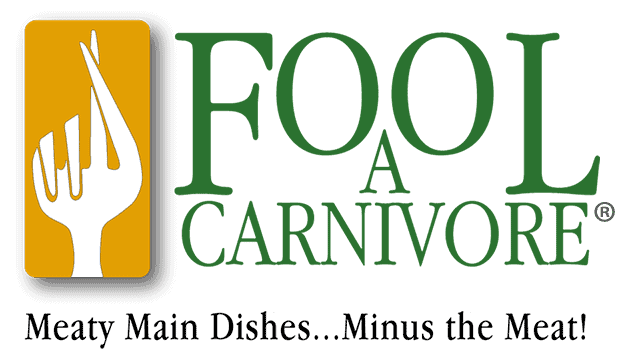
 What is the very first thing you should do when you don’t know what to cook?
What is the very first thing you should do when you don’t know what to cook?
The answer is simple: chop an onion and sauté it in olive oil.
95% of my recipes have this as a first step. Honestly, I can’t count the number of times I’ve called my husband while I am stuck in traffic and said, “Please chop and sauté an onion.” (Normally, I also tell him to turn on the oven to 400°F and put on a large pot of water to boil for pasta. That way, I know that I have all of my bases covered, depending on what I decide to make when I finally get home!)
But back to onions. Why are onions the foundation for so many recipes? Here’s why I love onions:
- Onions provide a foundation for your dish
- Onions provide a depth of underlying flavor and dimension
- Onions have great nutritional benefits, and are high in Vitamin C and fiber, while being extremely low in calories
- Onions are versatile and an integral part of almost every cuisine
Living in the Carolinas, I particularly like sweet onions. Vidalia, Peruvian, Maui and Texas sweet onions provide us with a year-long cycle of sweet onion varieties that are usually just a tad more expensive than yellow storage onions. It’s cheapest to buy them in a 5 or 10 lb. bag, but they are more perishable than storage onions because of their high water content.
Here are my best tips for properly storing your sweet onions:
- Keep them away from potatoes – potatoes give off moisture and onions need to stay dry
- Keep them away from sunlight or sources of heat. In other words, don’t store them in your laundry room!
- Take a pair of clean stockings or pantyhose, and drop in an onion down each leg. Tie a knot and then drop in the next onion and make another knot. When you’ve deposited all your onions, you’ll have a rather odd looking, knobby pair of pantyhose that you should hang in a cool dry place with plenty of air circulating around it. In the winter, I store mine from a hook in my garage – in the summer, I store them on a hook suspended from the ceiling in a dark pantry.
- Another good way to store them is to wrap each onion in either aluminum foil or a paper towel and put them in an unvented vegetable bin in your fridge. A few may go bad, but most will last for several months. Because I do so much cooking, I actually have three refrigerators, and often dedicate a bin just for my sweet onions.
I use sweet onions in most of my recipes, and particularly love the baby Vidalia onions that come in bunches of 2-4 (depending on their size) and are available in the spring. Today, at the farmers market, I bought a lovely bunch of purple baby sweet onions labeled Carolina Sweet Onions, grown in South Carolina, and can’t wait to concoct a recipe to use them.
I recognize that many parts of the country don’t cultivate sweet onions the way we do in the South. If you can’t find sweet onions, storage onions will be fine in my recipes, too. Storage onions will keep longer than sweet onions, are higher in sulfur and lower in water content. To me, storage onions are more strongly flavored which is why we like the sweet onions better, but if you cook them slowly over low or medium heat, they will still soften and turn translucent just like one of my precious sweet onions!
One more thing. The first step in most of my recipes is to heat a skillet, add olive oil, and begin cooking a sliced, chopped or minced onion over low to medium heat until it is softened or translucent. What you are trying to do is to get the natural juices trapped in the cells of the onion to break down and release their flavor. Three important points:
- Never put your olive oil and onions in a cold skillet. Always heat the skillet first, then add the olive oil, and then the onion.
- Don’t cook your onions over high heat because that will cause them to be bitter and sharp tasting.
- Don’t try to rush and cook your onions too quickly – burned onions are not an attractive foundation for a recipe. If you burn your onions, my advice is to throw them out, start over, and pay more attention to them!
When you cook an onion slowly, the water in the onion’s cells is released, and the onion which initially appeared opaque, with sharp crisp edges will take on a softer, more translucent appearance. I usually cook onions for 5-7 minutes, giving them an occasional stir, before I add the next items to the skillet. While the onions are becoming translucent, I can analyze the contents of my fridge to see what I want to add to make a delicious meal for my family.
Happy cooking!


You must be logged in to post a comment.